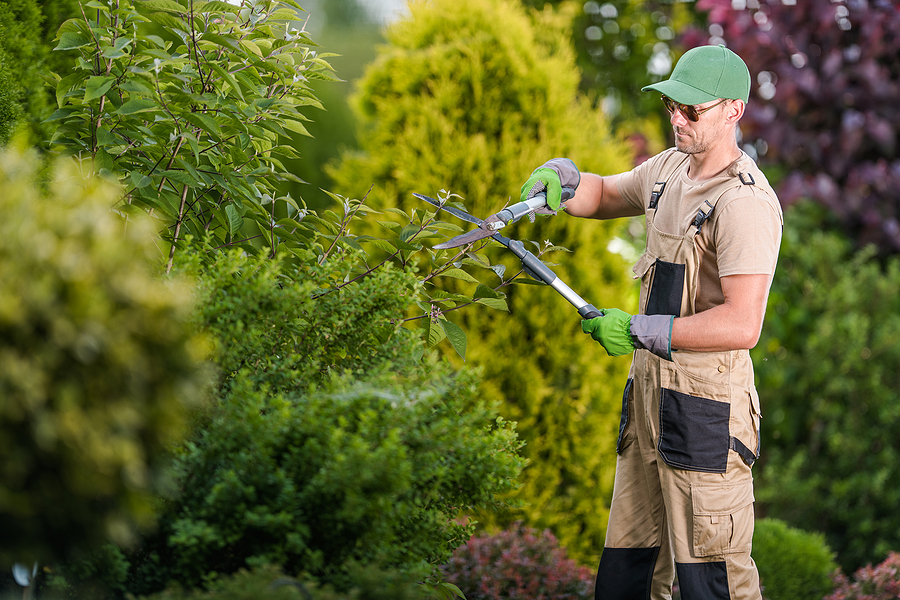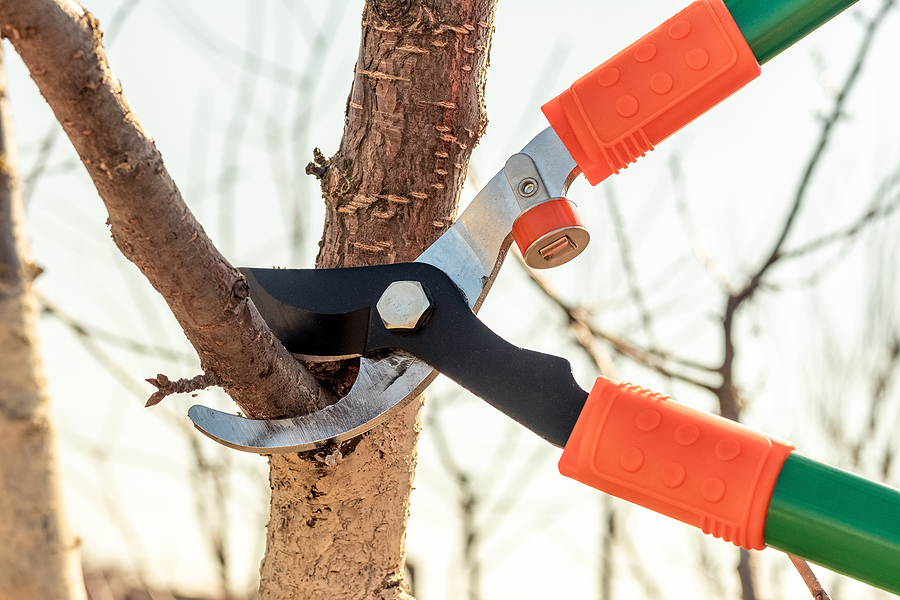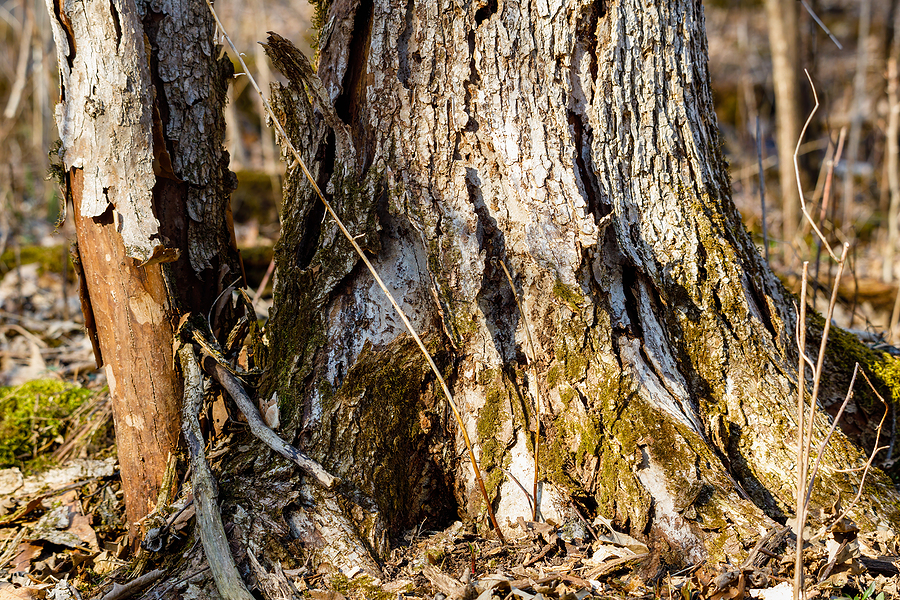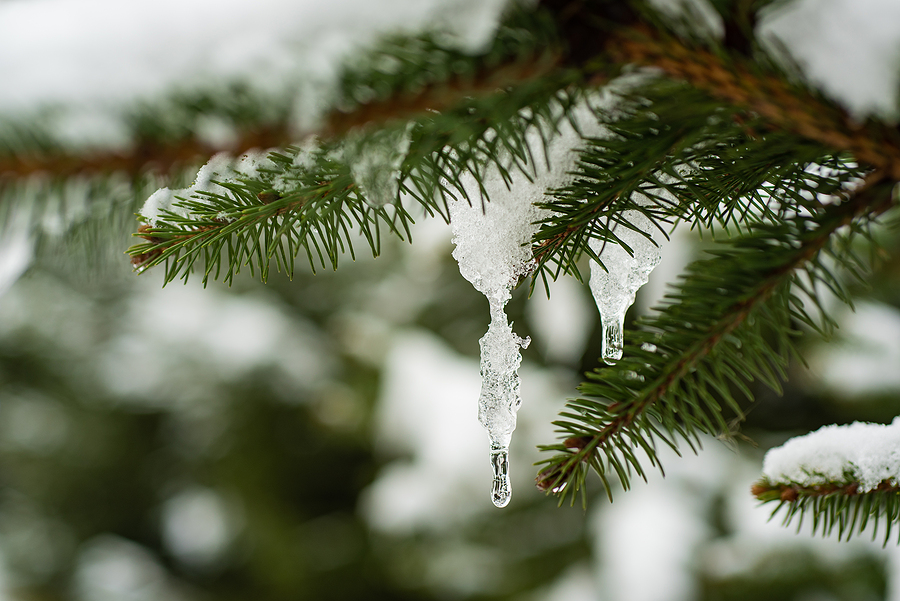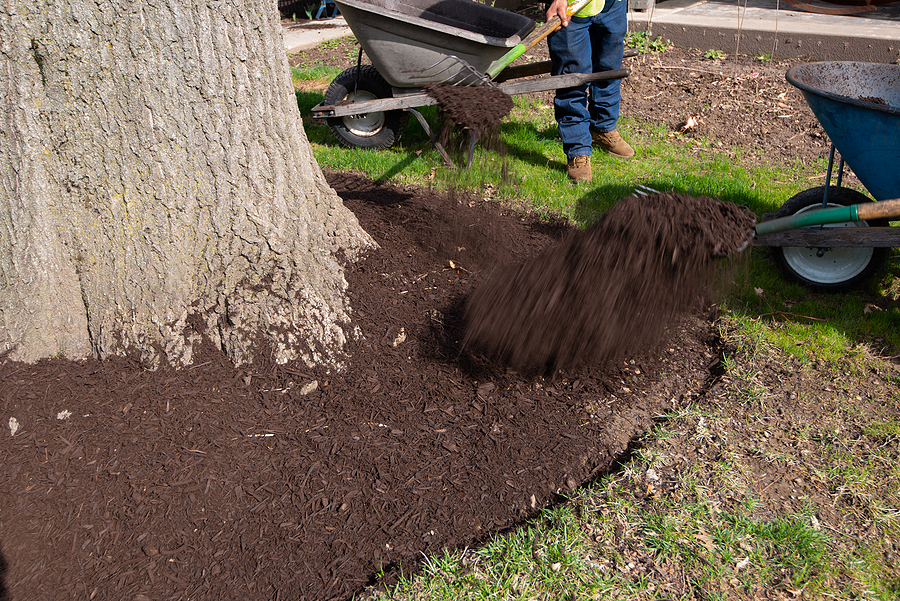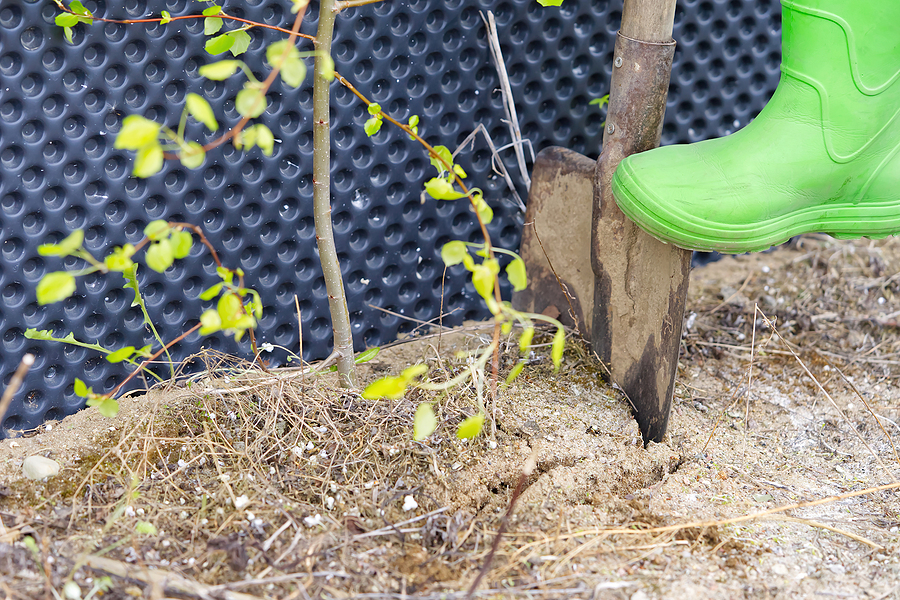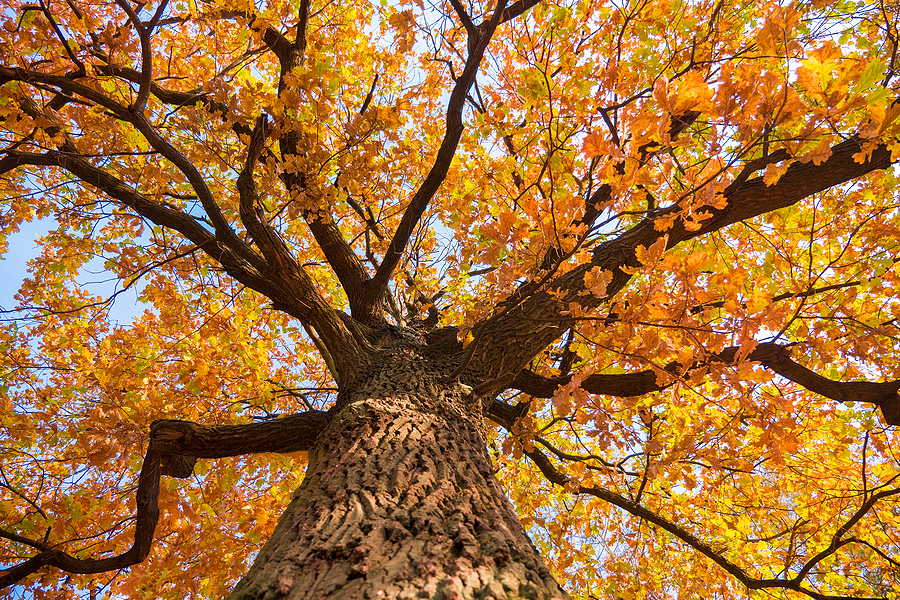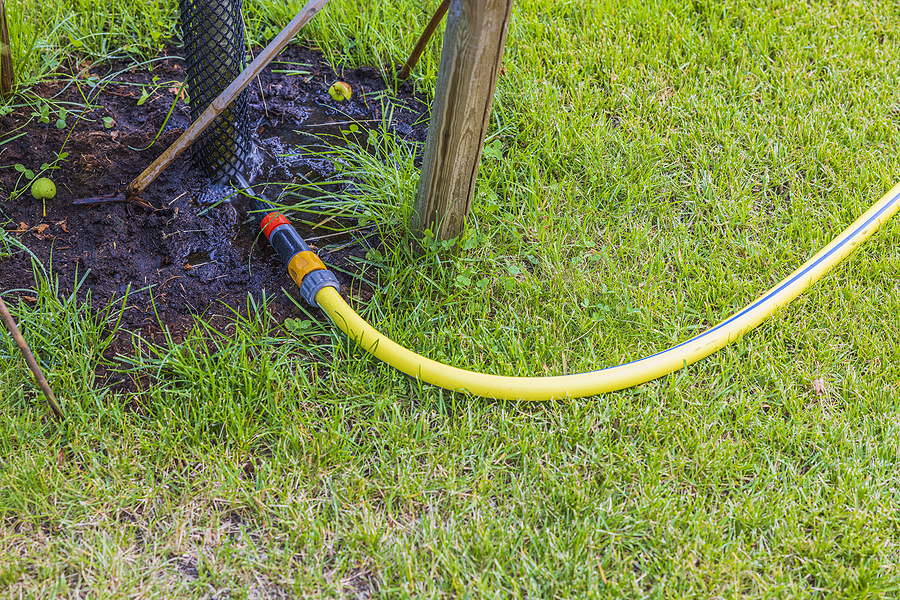When storm season rolls around each year, the strong winds and heavy rains can wreak havoc on trees. While some species are less vulnerable to storm damage than others, it’s important to take steps to protect your trees from storm-related destruction. Taking a proactive approach when it comes to tree care can help ensure that your trees stay healthy and safe during stormy weather.
Continue reading to learn some tips on how to protect storm damaged trees and prevent further harm in the seasons to come.

Recommended Maintenance for Trees With Storm Damage
1. Inspect Your Trees: Storm damage can often go unnoticed until signs of distress become visible, so it’s important to regularly inspect your trees for storm damage. Look for broken branches, torn bark and uprooted roots. If you notice any of these signs, contact a tree service right away to assess the extent of the storm damage and develop an appropriate treatment plan.
2. Prune Branches: Pruning storm-damaged trees is essential in order to prevent further harm from occurring. Be sure to prune away any hanging or broken branches that may be hazardous if they fall off during another storm. Pruning should also be done when storm damaged trees are diseased or structurally unsound, as this will help protect the tree from further damage.
3. Support Uprooted Trees: If storm winds cause a tree to be uprooted, support the tree with stakes or cables to keep it upright and reduce additional stress. If the tree is mostly intact but leaning over, mullein can be used to restore its original shape. In some cases, storm-damaged trees may need more intensive treatment and should be assessed by a professional tree service for possible removal.
4. Provide Care: Once storm damage has been addressed, your storm damaged trees will require extra care in order to survive. Deep watering during periods of drought can help prevent weakened roots from drying out completely and dying off altogether. Mulching around the base of your storm-damaged trees can also help retain moisture and reduce weeds.
Be Prepared For Storm Seasons in Indiana
When storm season arrives each year, it’s important to take steps to protect your trees from storm-related damage. By following these tips on how to protect storm damaged trees, you can keep your trees healthy and safe during stormy weather. If the storm damage is extensive or if you simply need additional advice on tree care, contact a professional tree service for assistance.
Following these tips on how to protect storm damaged trees can help make sure that your property is safe from storm-related destruction. Contact Complete Tree Care at 317-783-2518 for licensed Indianapolis tree service at an affordable price. We serve both residential and commercial clients all throughout Central Indiana.
Related Posts:
10 Tips to Help Trees Survive the Colder Weather
Common Diseases Affecting Trees in Indiana and How to Treat Them
Is My Tree Going to Fall Over?

